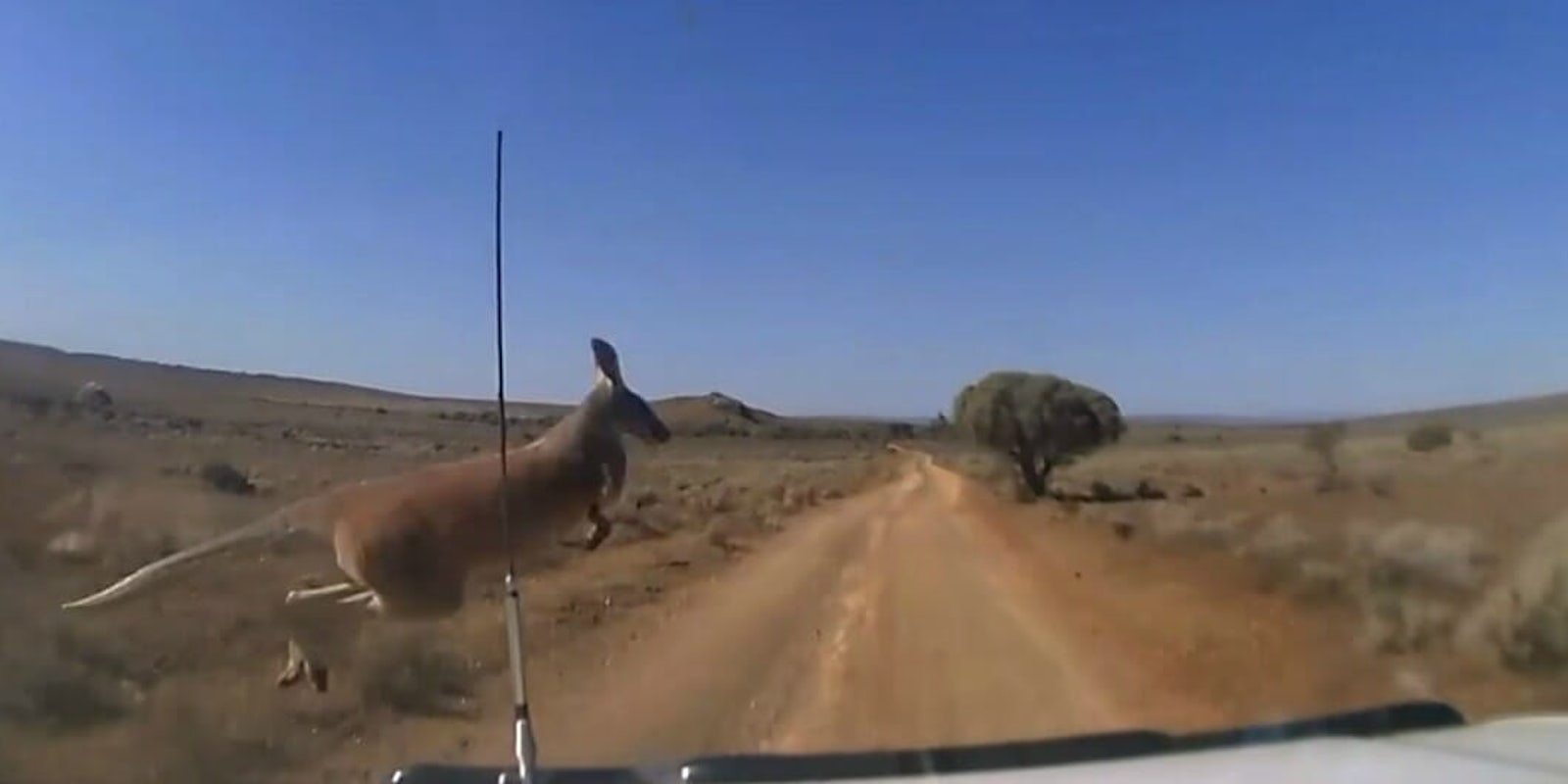The self-driving car that Volvo is producing can identify plenty of animals that a car might collide with on a drive.
Deer, elk, and caribou are apparently no problem for those who are building the autonomous vehicles in Australia. But the kangaroo is presenting quite a problem for the car company, because the engineers can’t figure out how to mimic the marsupial’s movements.
The “Large Animal Detection system” can identify most creatures, but kangaroos confound Volvo.
“Any company that would be working on the autonomous car concept would be having to do the same developmental work,” Kevin McCann, the managing director of Volvo Australia, told the Guardian. “We brought our engineers into Australia to begin the exercise of gathering the data of how the animals can move and behave so the computers can understand it more.”
McCann said this problem will be solved by the time the car is released in 2020.
As abc.net.au points out, the problem for Volvo is that it uses the ground as a reference point for the self-driving cars. Since kangaroos hop instead of walk or run, that confuses the car’s system.
“We’ve noticed with the kangaroo being in mid-flight … when it’s in the air it actually looks like it’s further away, then it lands and it looks closer,” David Pickett, Volvo Australia’s technical manager, told ABC. “ … First we have to start identifying the roo. We identify what a human looks like by how a human walks, because it’s not only the one type of human—you’ve got short people, tall people, people wearing coats. The same applies to a roo.”
Kangaroos reportedly cause more than 90 percent of crashes between vehicles and animals in Australia.


